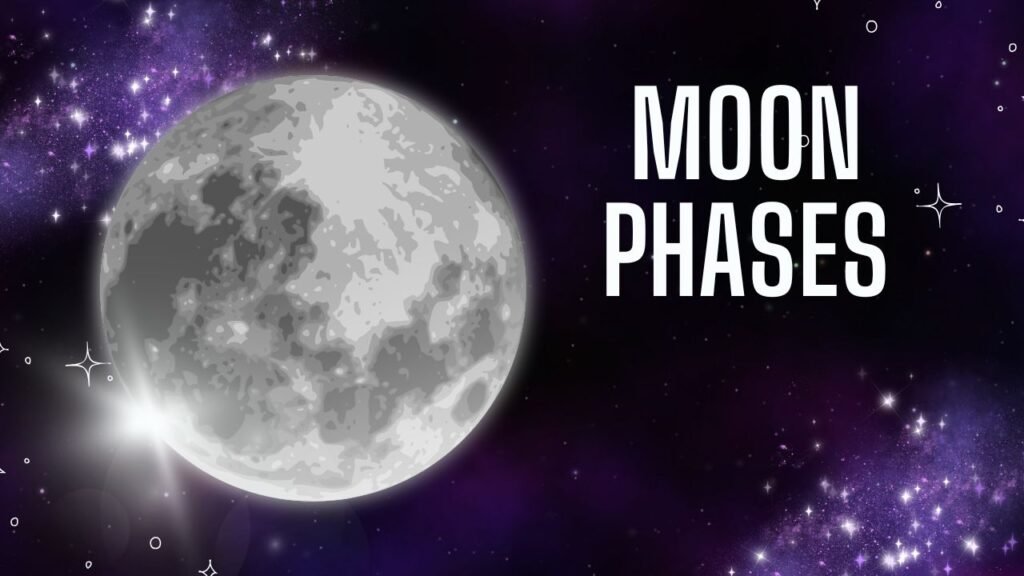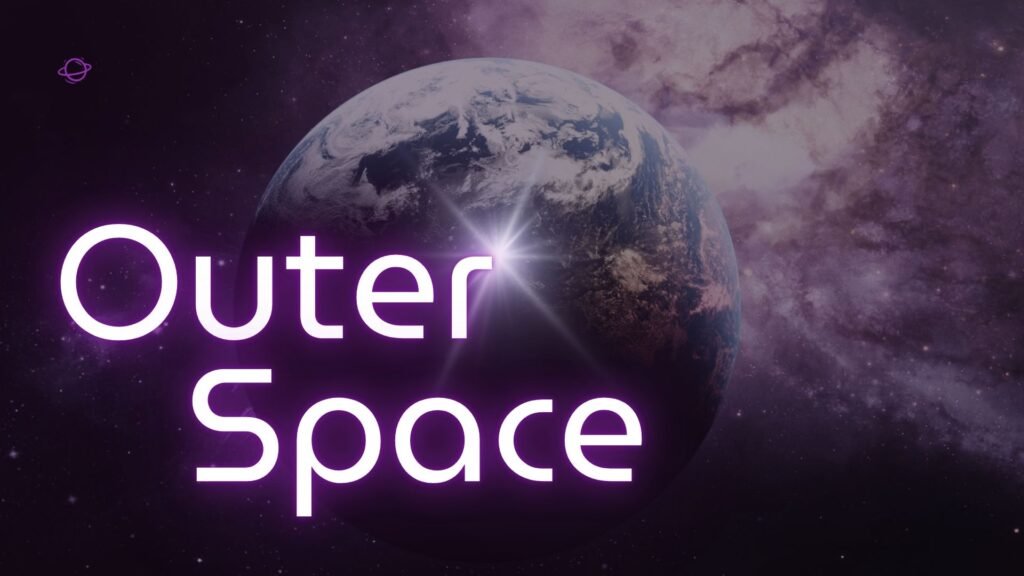
The Moon has fascinated humans for thousands of years. From influencing tides to guiding ancient calendars, its presence in the night sky is more than just beautiful; it’s scientific. But have you ever wondered how moon phases work scientifically? Why do we sometimes see a full, glowing orb and other times just a slim crescent?
This blog takes you inside the science behind the lunar cycle, explains what causes moon phases, and shows how this knowledge still matters today, whether you're stargazing, planting crops, or even planning a moonlit wedding.
What Causes Moon Phases?

To understand what causes moon phases, we need to look at three things:
- The Moon
- The Earth
- The Sun
The Moon doesn’t create its own light. What we see as moonlight is actually sunlight reflecting off the Moon’s surface. As the Moon orbits Earth, the angle between the Moon, Earth, and Sun changes, which affects how much of the Moon’s lit side is visible from Earth. This is what creates different lunar phases.
The Lunar Cycle Explained

The lunar cycle (also known as the synodic month) lasts about 29.5 days. During this period, the Moon goes through eight main phases. Each phase reflects the position of the Moon relative to Earth and the Sun.
The 8 Moon Phases
- New Moon
The Moon is positioned between Earth and the Sun. Its lit side faces away from us, so it appears invisible. This phase marks the beginning of the lunar cycle and is often associated with new beginnings. - Waxing Crescent
A small sliver of the Moon becomes visible on the right side. “Waxing” means growing. It's a time when the Moon slowly returns to visibility, offering a subtle glow in the evening sky. - First Quarter
Half the Moon is visible. It rises at noon and sets at midnight. This phase shows growing momentum as the Moon becomes more prominent each night. - Waxing Gibbous
More than half of the Moon is lit, and it's continuing to grow toward fullness. It signals that the full moon is near, with bright moonlight dominating the night. - Full Moon
Earth is between the Moon and the Sun. The Moon’s full face is lit and visible all night. - Waning Gibbous
After the full moon, the light begins to decrease. “Waning” means shrinking. The Moon starts to dim, moving toward closure in the second half of the cycle. - Last Quarter
Again, half the Moon is visible — this time, the left side. It rises at midnight and sets at noon. - Waning Crescent
Only a thin crescent remains before the cycle begins again. It's the final step before darkness returns, symbolizing reflection and reset.
Scientific Insight: Why It Matters

While we now understand the lunar phases' meaning through science, ancient cultures interpreted them as signs from gods or calendars for harvest and hunting. Today, scientists use data from space agencies like NASA to track the lunar cycle with precision.
For example, NASA’s moon phases chart updates regularly to help scientists, educators, and the public track lunar behavior. This matters for several reasons:
- Tides: The Moon’s gravitational pull controls Earth's tides.
- Agriculture: Many farmers still use moon phase calendars to plan planting and harvesting.
- Space Missions: Launch dates often depend on lunar positioning and visibility.
How to Observe the Moon Phases
Even without a telescope, you can easily observe the Moon’s cycle. Here’s how:
- Look up every night: Notice how the visible portion changes over 29 days.
- Use mobile apps: Apps like SkyView, Stellarium, or NASA’s tools give real-time moon data.
- Track moonrise and moonset times: These change daily and vary by location. If you're in Pakistan or anywhere else, try searching for moon visibility in the world today for geo-specific forecasts.
Personal Insight: Learning Through Experience
In my own experience, watching the lunar cycle helped me understand not just astronomy, but patience and observation. Growing up in a region where moon sightings signal the start of important months like Ramadan, I learned early that the Moon isn’t just a rock in the sky — it’s a timekeeper and symbol of cultural connection.
What surprised me most was how accurate traditional moon-watchers were, long before digital tracking. Today, with access to tools and charts, anyone can become a confident lunar observer.
Common Myths vs. Science
Many people still believe myths about moon phases. Let’s clarify a few:
- MYTH: A full moon causes strange behavior.
FACT: No scientific evidence supports this. - MYTH: The Moon changes shape.
FACT: The shape we see changes, but the Moon remains the same. It's just a matter of light and shadow. - MYTH: Eclipses happen every month during the full or new moon.
FACT: Eclipses require perfect alignment, which doesn’t occur each cycle.
Knowing the difference between belief and fact is a powerful way to improve public understanding of space science.
Why Understanding Moon Phases Is Evergreen
The Moon will always orbit the Earth. That makes lunar phases meaning a timeless, evergreen topic for learning, conversation, and planning. Whether you're teaching students, writing astrology content, or managing a buy moon phase calendar e-commerce site, this knowledge stays relevant.
The Moon’s reliability also makes it a valuable marker for tracking natural rhythms, such as:
- Sleep cycles
- Menstrual cycles
- Wildlife migration
- Seasonal change
Conclusion
Understanding how moon phases work scientifically connects us to nature, space, and even ancient wisdom. It’s a simple yet profound cycle that plays out above our heads every month, and it’s visible to everyone — no telescope or degree required.
So next time you look at the night sky, take a moment to observe. You’ll be witnessing a cycle of light and shadow that’s billions of years old yet still teaching us something new. In a world that moves fast, the Moon reminds us to slow down, look up, and stay curious about the universe we call home.






